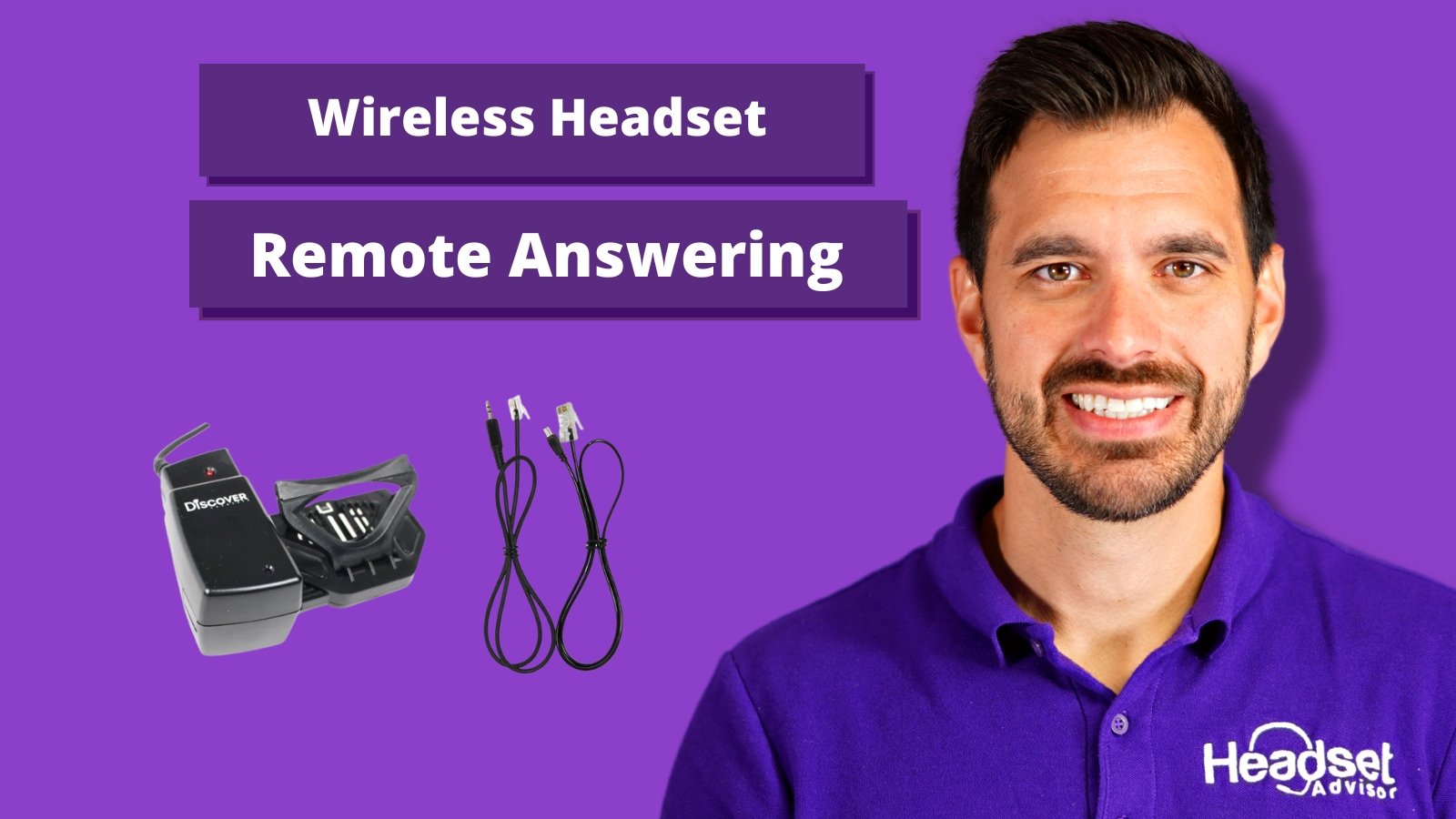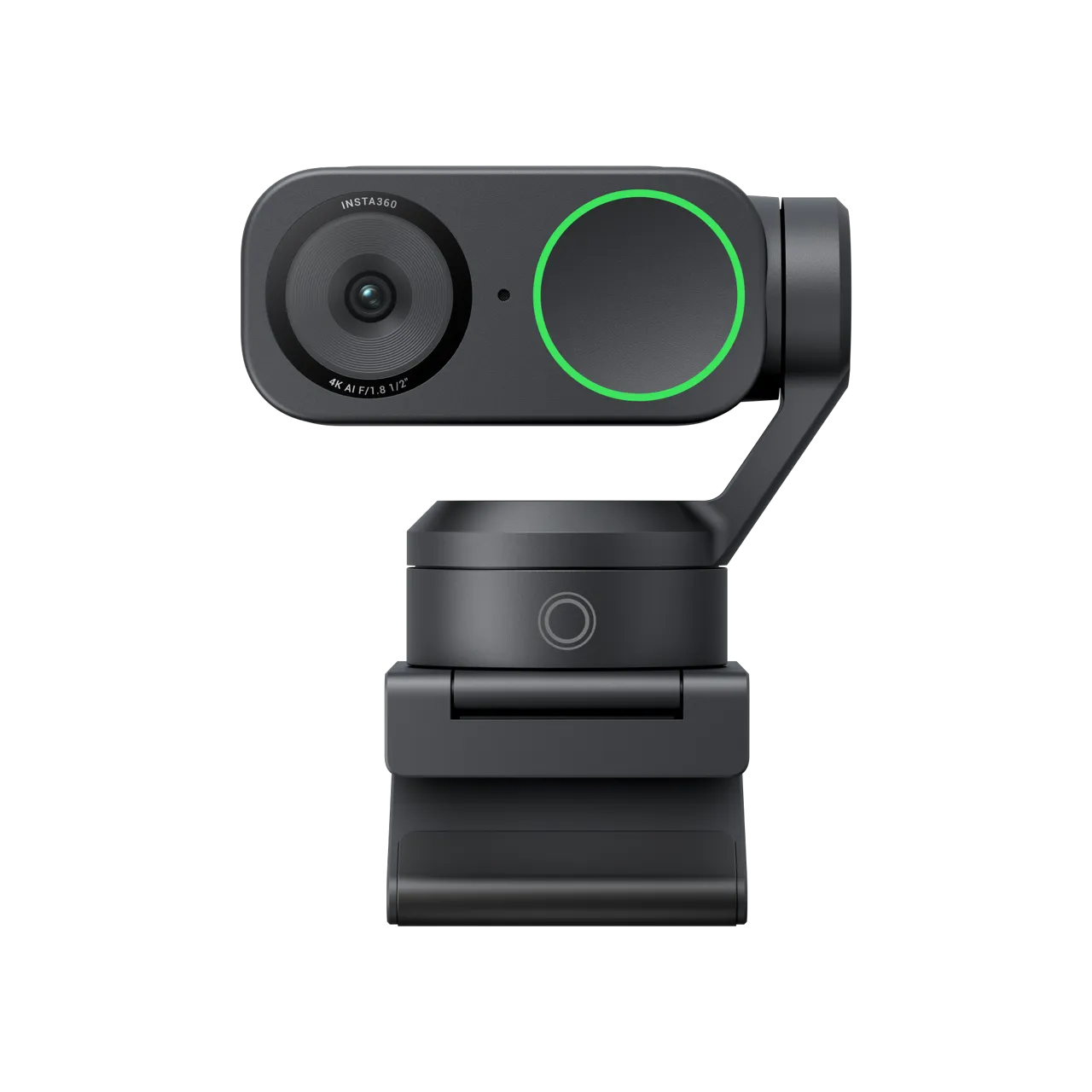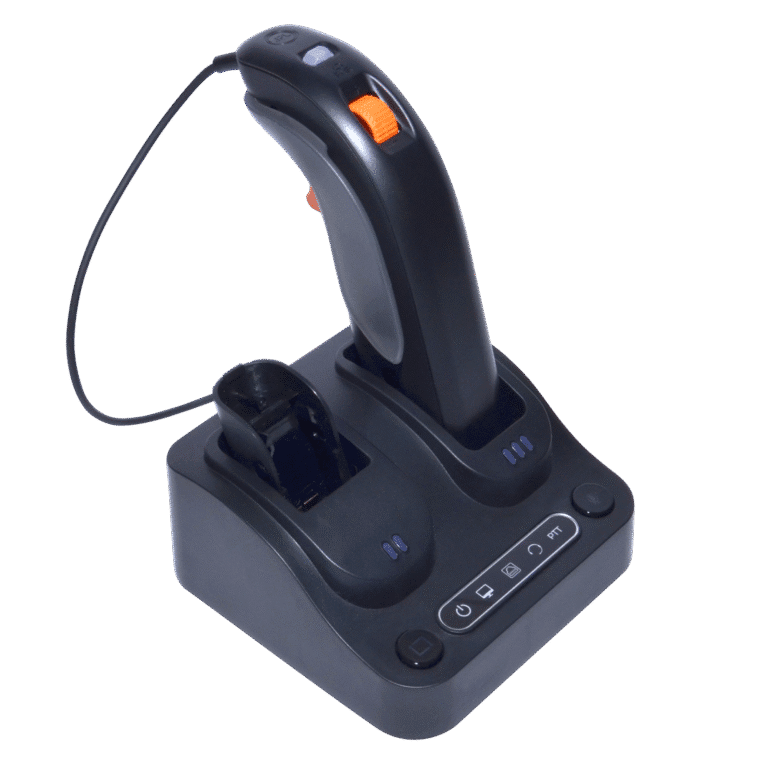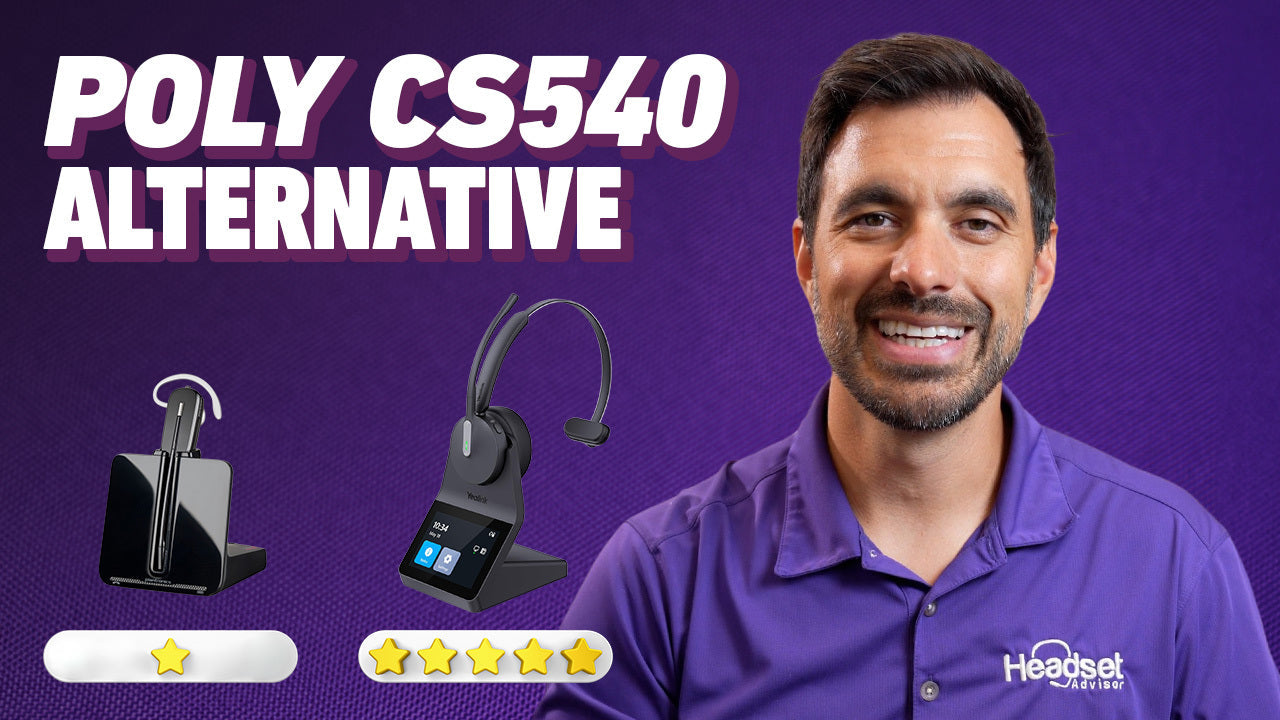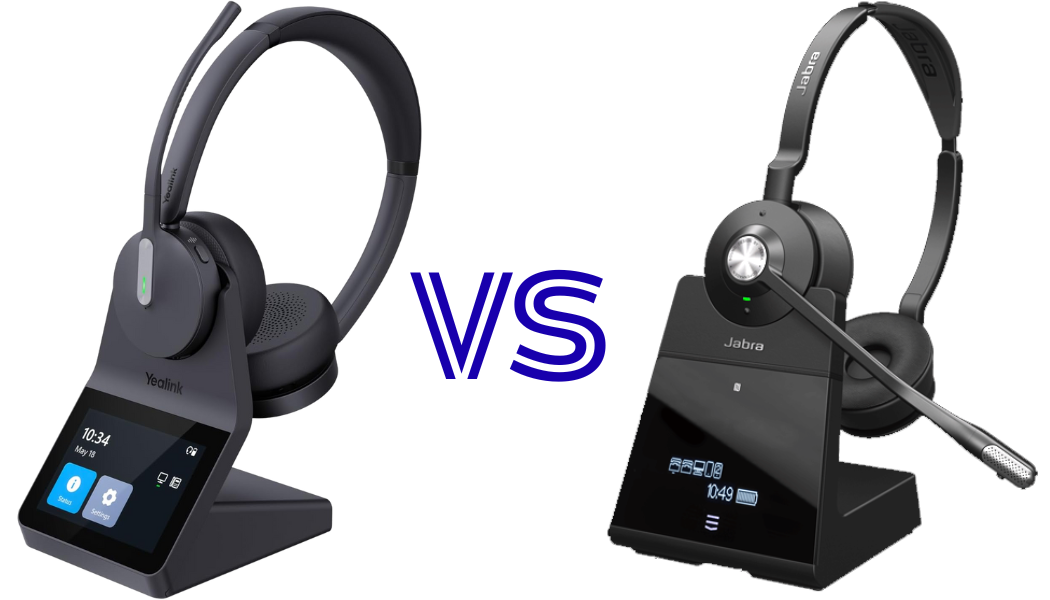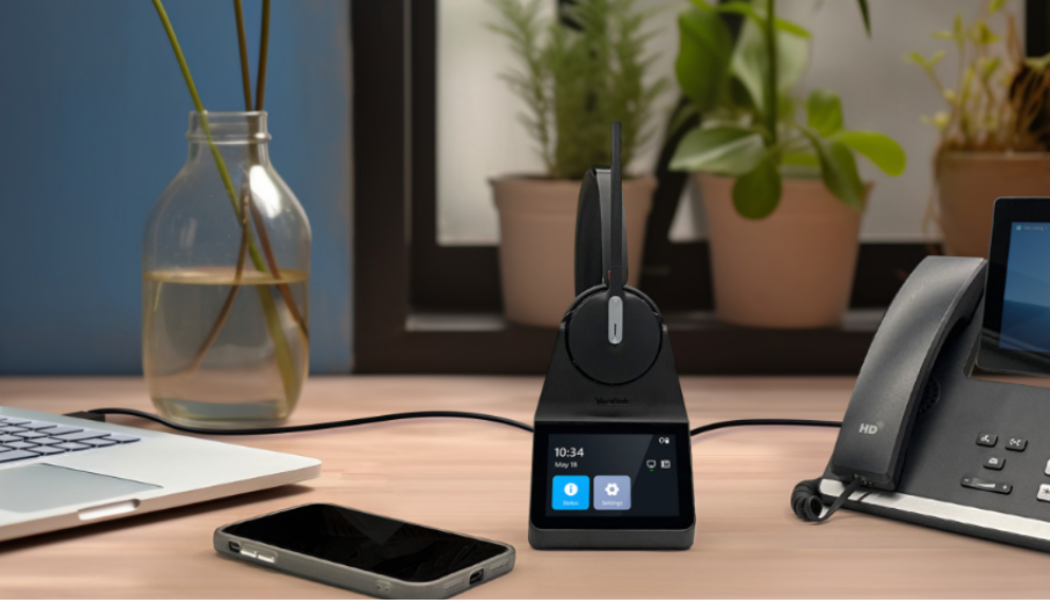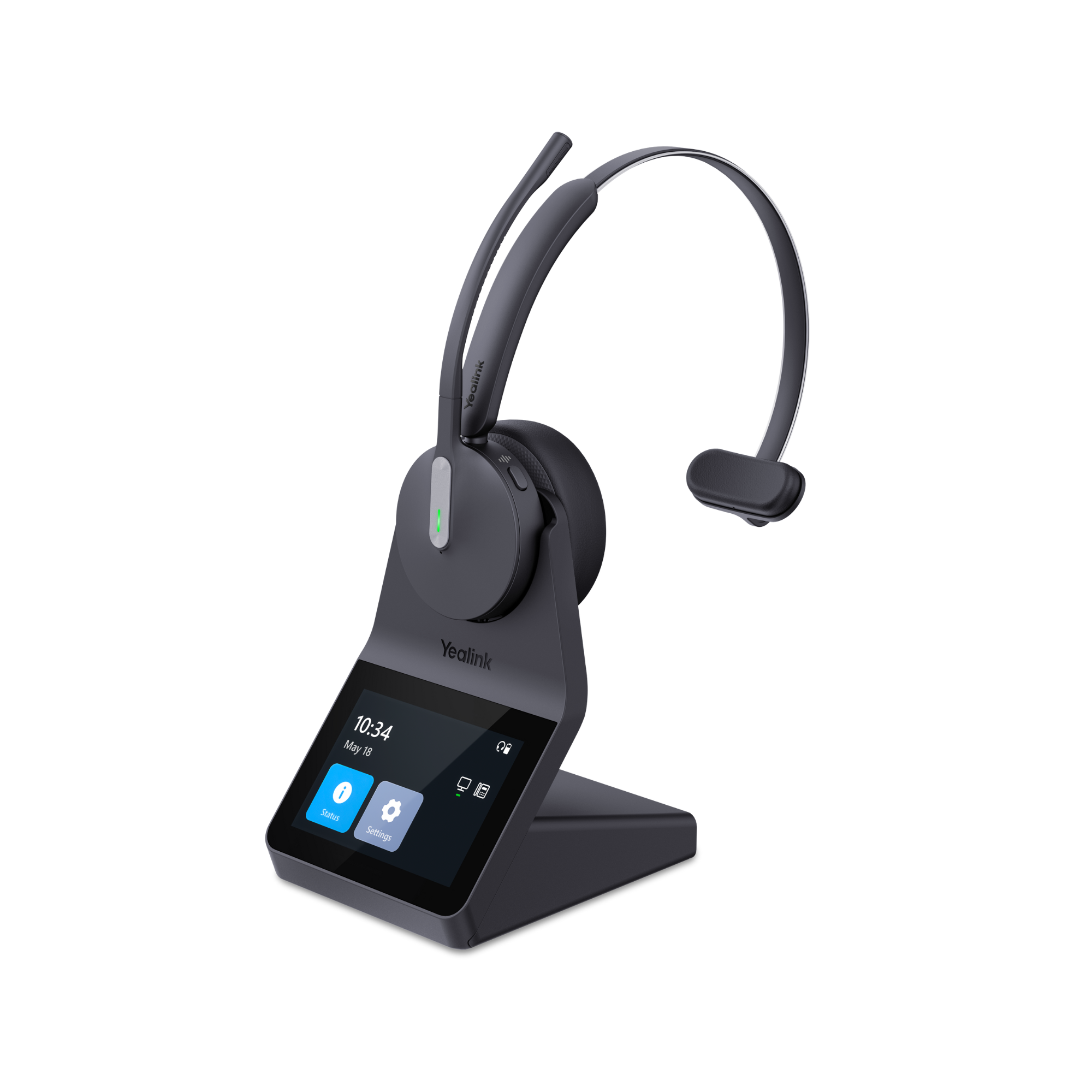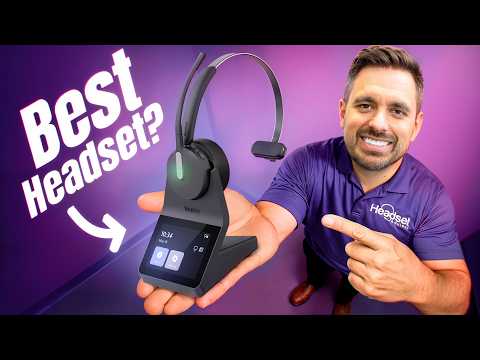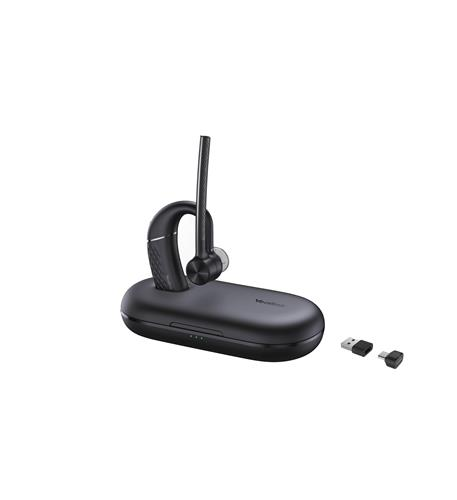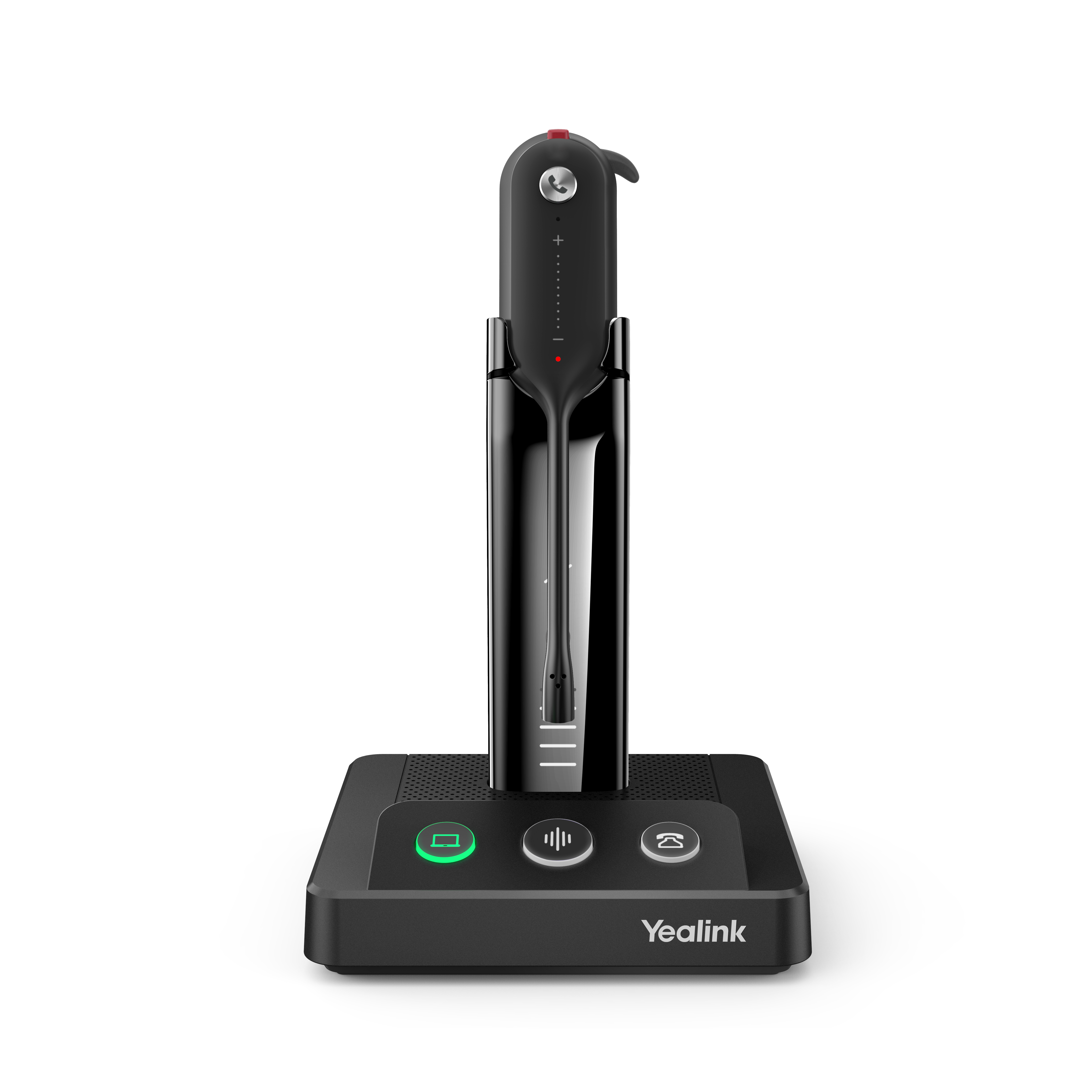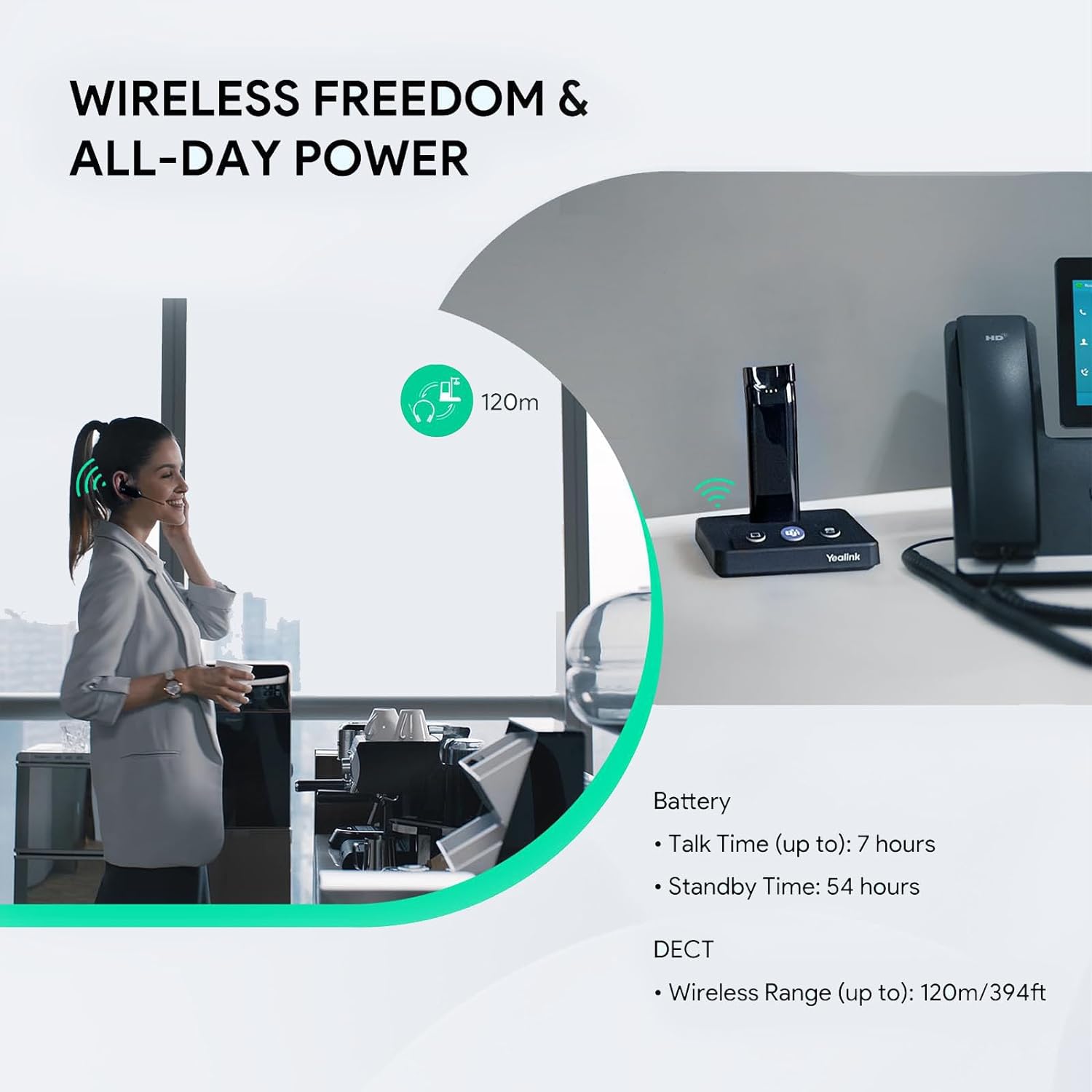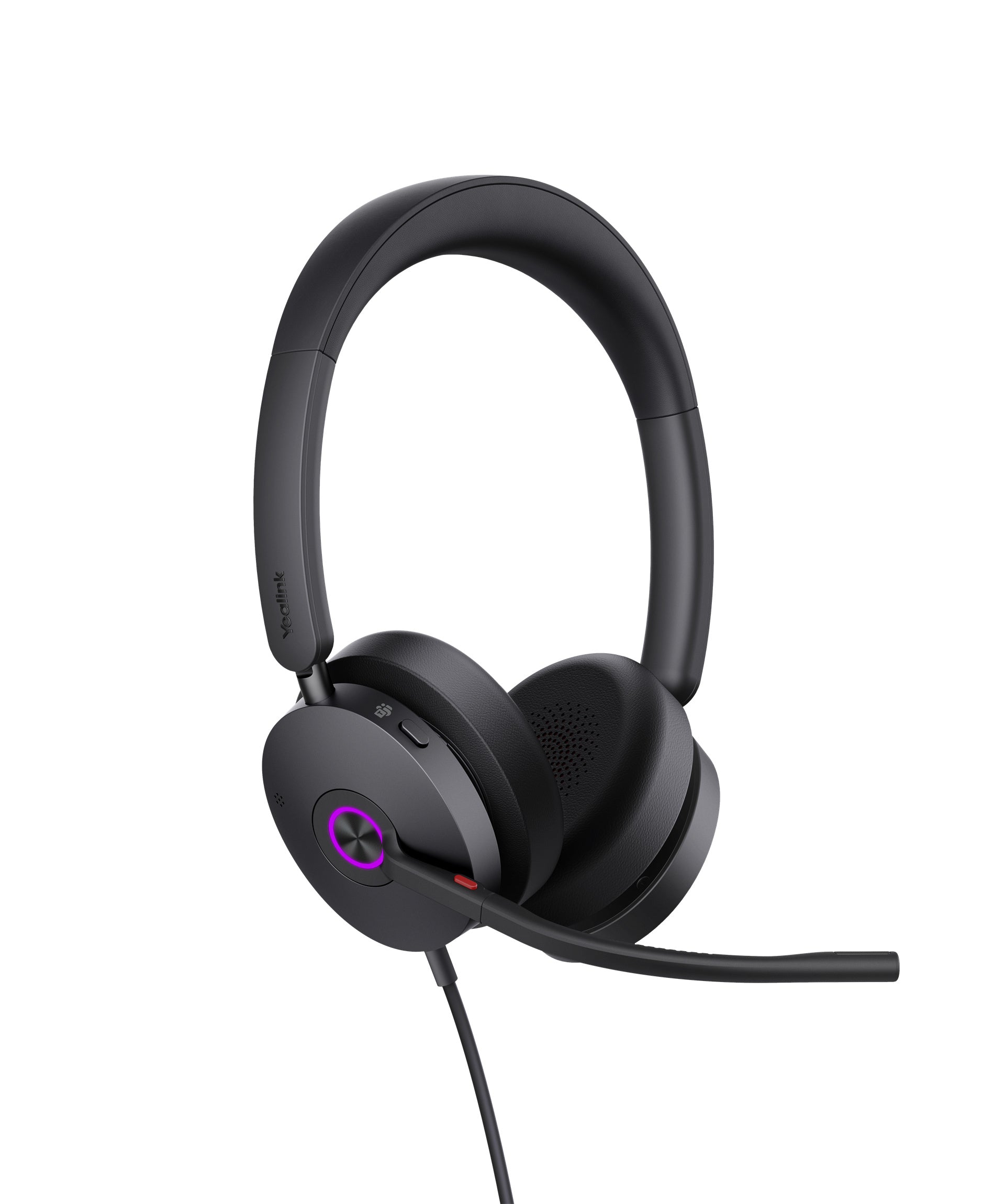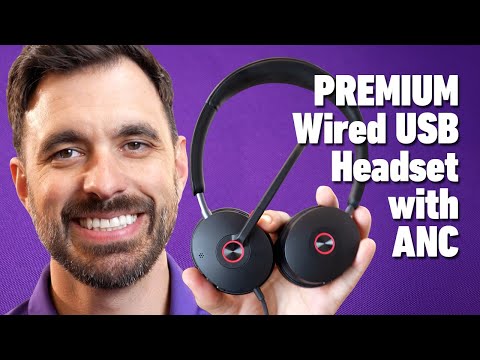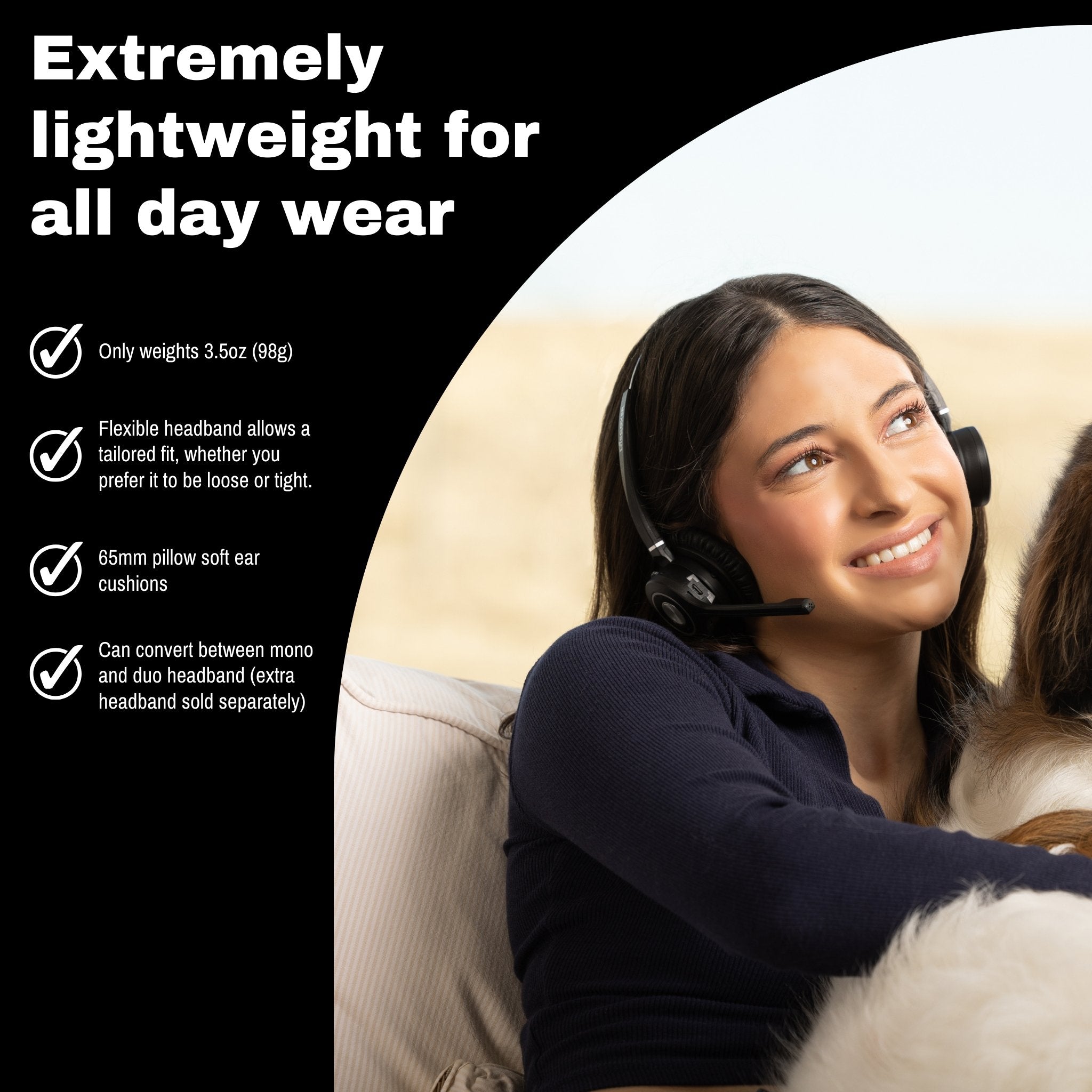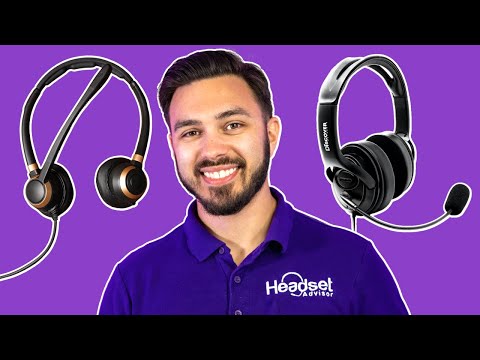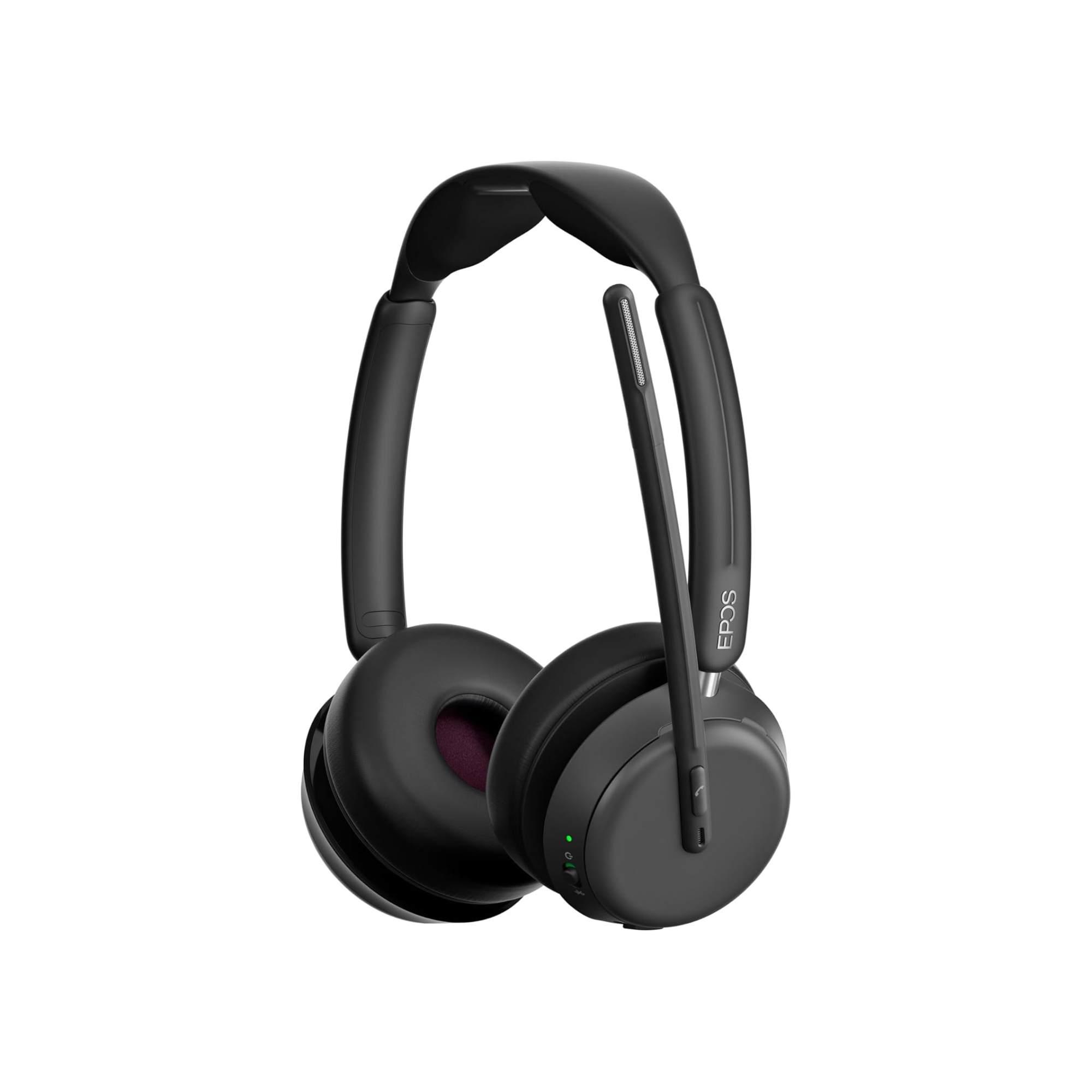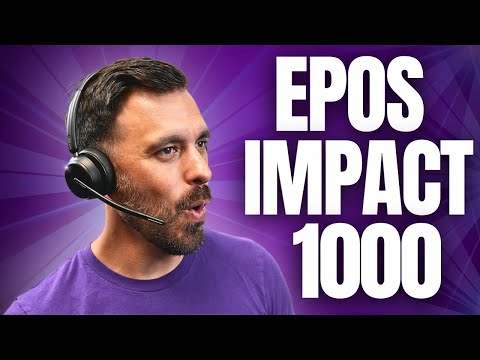There’s a very popular feature being used today that helps wireless headset users to be more productive, and helps to eliminate the need to listen to voice messages, and return all those calls.
This same feature is loved by customers too because it allows you to be more reachable anytime they call, and that sure beats having to leave a voice message, and hope for a timely response.
The feature that I’m referring to is called remote call answering, and it’s an option that’s available for most DECT wireless headsets, and a very limited number of Bluetooth models.
Answering calls remotely using a wireless headset is essentially broken down into two components:
- Ring detection
- And remote call answering
If you’re wondering what’s the big deal about all this, well, here’s a few of the benefits that this feature gives you.
- First, you avoid missing important calls
- And, you’ll have fewer voice messages to listen to
- You’ll significantly reduce the number of phone calls you have to return
- Your customers will be happy because they can reach you easier 5. And because of that, they end up getting a higher level of service (which could translate to a competitive advantage for you) 6. You’ll be more productive
- And not to be overlooked is remote call answering is pretty cool
So with that said, let’s take a look at the two different devices that help make this magic happen.
Handset Lifter

The first generation of remote call answering devices is called a handset lifter, and they were first available almost thirty years ago. And like its name implies, it lifts the handset. Seems a little archaic if you think about it, especially in the tech oriented world we live in. Still, that was the state of the art back then, and in all fairness, they actually work pretty well.
First, it’s an electro-mechanical device that affixes to the surface of a desk phone, just beneath the handset receiver, and above the phone speaker.
On the bottom of the handset lifter you’ll find double sided tape that’s used to adhere it to the phone, as well as a very small sensor. This sensor, (which is positioned above the speaker), senses vibrations such as those that come out of the speaker when the phone is ringing.
Once this sensor detects those vibrations, it sends a quiet tone into the headset earpiece. That tone alerts the person wearing the headset that they have an incoming call. This is where ring detection passes off to remote call answering.
Now that the person knows of the call, they simply press the answer/end button, sometimes referred to as the call control button. Once pressed, the handset lifter arm lifts the handset out of the phone cradle, and once that happens, the incoming call is now live on the headset.
This feature can be used up to the usable wireless range of the headset, with most DECT headsets, being up to about 300 feet.
Though handset lifters represent the first generation of remote call answering devices, it’s good to know that these are still available, and in use today.
But like with any product though, handset lifters aren’t perfect. Yes, they get the job done, but that double sided tape that keeps the lifter attached, and aligned, over time will sometimes loosen, which causes the lifter to get out of alignment.
This can cause a few problems, such as:
- First, It can prevent the handset from lifting out of the cradle, which means you won’t be able to take the call remotely.
- And If it does lift, it might not return the telephone handset to the cradle properly. This may cause the line to remain live rather than disconnecting it.
- Lifters have been known to launch the handset rather than just raising it. If that happens, the handset may end up on the floor repeatedly.
All of these different issues are a direct result of things being out of alignment. In order for a handset lifter to operate correctly, it’s important that the lifter is placed in the correct position, lifting the right height (because lifters allow you to regulate how high it lifts), and making sure it’s firmly adhered to the phone. Over time, these things can change which can cause these types of problems.
The other thing that can occur with lifters is false ringing. In other words, the sensor on the lifter can sometimes pick up the noise in your environment which can in turn trigger the ring tone in the headset earpiece, just as if you’re receiving a call.
As I said earlier, the ring detection feature on lifters is based on sound vibrations. So when the sales team is partying like no tomorrow, that can put your ring detector into hyper mode, because the sensor thinks those sound vibrations are incoming calls. So if you’re thinking that lifters, and ring detection isn’t an exact science, well…you’d probably be right.
EHS is better
Fortunately, there’s another, (and I might add, simpler) option available for taking calls when you’re away from your desk. This is called an Electronic Hookswitch Cable, (or EHS for short).
Unlike a handset lifter which is an electro-mechanical device, (that physically lifts the handset), an EHS cable is simply a cable with firmware. (There’s no handset lifting required) because everything is done electronically. And because it’s electronic, EHS cables are phone make and model specific whereas Lifters are more universally compatible, and usable across multiple phone brands, and models.
Electronic Hookswitch Cables have connectors on both ends. On one end, the connectors plug into the base of the wireless headset, and the other plugs into the phone. You’ll also see a small molded piece in the middle which is where the firmware is located.
Choosing which cable to use for which phone can be a little tricky. That’s where getting some professional advice comes in handy because there are a ton of different EHS cables. And, if you don’t get the right one for the phone, and headset you’re using, it’s not going to work.
Here’s one example to help illustrate this point.
Take the Discover D632 EHS cable. That cable is specifically designed for use with 10 different Avaya phones. And if your Avaya phone isn’t one of them, well…you’ll be returning or replacing that EHS cable.
But what if you use a Jabra headset, and a Cisco phone rather than a Discover headset, and Avaya phone.
Let’s assume you’re using a Cisco 8941, or 8945 iP phone, and a Jabra wireless headset. In this case you’d select the Jabra Link 41. Any other hookswitch cable you might otherwise buy would only result in your own personal Return Authorization form.
So the big takeaway here is; If you plan on using an EHS cable for remote call answering, take the time to make sure that you have the correct EHS cable that’s designed for your make and model of phone, and the make and model of your wireless headset.
Up until now, I’ve only been talking about DECT wireless headsets. So it would be natural for you to be wondering about Bluetooth headsets.
Do they use handset lifters, and EHS cables? Though there are very few models that can, they’re the exception. For remote call answering, Bluetooth headsets use a USB Adapter, and they need to be optimized for use with specific UC platforms such as Microsoft Teams, RingCentral, or Zoom for example.
So if you’re shopping for a new Bluetooth headset for use in business, and you want remote call answering, make sure the headset comes with a USB adapter, and it’s optimized for use with the UC platform you’re using.
Once you confirm that, you’ll be able to step away from your desk, and when a call comes in, you’ll hear that beep in the earpiece, and you can take that call.
One thing to note here about Bluetooth headsets is the wireless range is much less than DECT headsets. A typical Bluetooth headset gives you up to 100 feet of range, where DECT headsets are rated up to 300.
This is a good point to keep in mind if you’re looking for a new wireless headset, and you want to answer calls remotely from longer distances.
Confused, have questions, or need help?
Buying headsets today can be very confusing with all the different choices, options and features not to mention compatibility. Adding to those challenges is the need to pay careful attention to getting the right EHS cables, because if you get it wrong, you’ll end up with frustration, delays, and some wasted time and money.
So rather than going it alone, and hoping to get everything right, why not contact us today? We’re a great resource because we’ve specialized in headsets for almost thirty years. So it’s safe to say that we know a lot about headsets.
- We can answer your questions.
- We can help with a tailored headset recommendation
- And we can even help get your headsets up and running.

